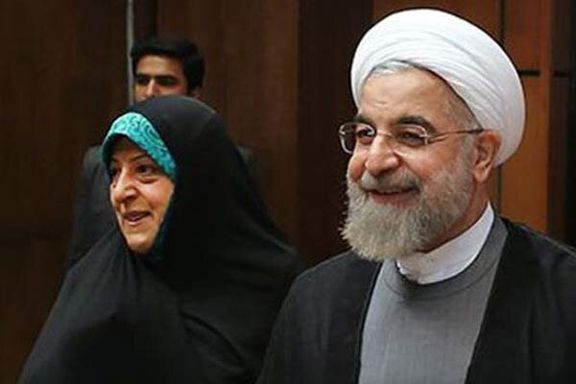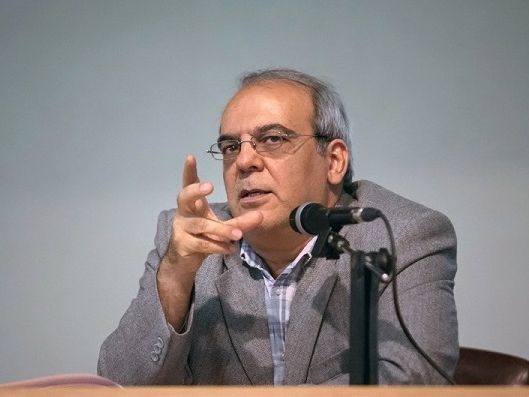What Became Of Those Who Seized The US Embassy In Tehran

A band of radical students, and followers of Ayatollah Khomeini, stormed the US Embassy in Tehran on November 4, 1979 and took Americans hostage for 444 days.

A band of radical students, and followers of Ayatollah Khomeini, stormed the US Embassy in Tehran on November 4, 1979 and took Americans hostage for 444 days.
whiSome 42 years later, many wonder what became of those angry young men with shabby beards and young women, clad in long manteaus with headscarves hiding most of their faces.
One might think that at least some of them rose to positions of power. Yes, they did, but most of them fell out of favor and some even ended up in jail. No one knows exactly how many they were, but 42 years on, only a few of them are still engaged in politics, and most of them are shunned by the Iranian people and politicians alike.
In a November 4 tweet, former lawmaker and outspoken politician Ali Motahari, wrote that it was "an unnecessary move instigated with the provocations of leftist groups to serve the interests of the Embassy of the Soviet Union and the Tudeh Communist Party."
Many others reminded that the seizure of the US embassy in 1979 landed the country in trouble for four decades and imposed a long war with Iraq and back-breaking economic crisis on Iranians. But where are those who are to be blamed?

Their spokesperson Masoumeh Ebtekar was former President Hassan Rouhani's vice president for women and family affairs. She also served for some time as the vice president for the environment. Last week some lawmakers tabled a motion to take her to the top court for failing to protect the environment. Ebtekar is married to another hostage-taker Mohammad Hashemi Esfahani, an Intelligence Ministry operative who was also implicated in illicit oil deals. Ebtekar was known to the hostages as "sister Mary" and was one of the few students who spoke English.

Ebrahim Asgharzadeh, who designed and masterminded the seizure in the first place is still around and is a well-known reformist figure shunned by the reform camp who know him as an insider at Khamenei's household. According to Mashreghnews website, which is close to the Iranian intelligence security forces, he led the hostage takers' ‘central council’.
Abbas Abdi, another member of the council soon left the group. He later became the editor of leftist newspaper Salam and is currently a high-profile reformist commentator. He is the only hostage-taker who met with one of the hostages years later and reportedly apologized for his behavior. Another leader, Mohammad Reza Khatami, is former President Mohammad Khatami's brother and is nowhere to be seen after he fell out with the establishment. Khatami served as deputy Majles Speaker in the 1990s.

Mohsen Aminzadeh, also at the forefront, became a deputy foreign minister with links to the Intelligence Ministry. He was jailed following the disputed 2009 presidential election but is currently out of jail.
Hossein Kamali became Iran's Labor Minister and was close to former President Akbar Hashemi Rafsanjani.
The former students used to hold regular meetings at the US embassy building until 1985. They oversaw the translation and publication of embassy documents. In 1985, the Intelligence Ministry took over the remaining documents but no longer published their Persian translation. It was in that year when "The Students Following the Line of Imam Khomeini" decided to no longer exist as a group or political organization.
Some of their members, including Reza Seyfollahi, Aziz Jafari and Hossein Dehghan joined the armed forces. Seyfollahi was Iran's police chief for a few year and then disappeared from the political scene and joined the IRGC Intelligence Organization. Dehghan is currently Iran's Interior Minister and Jafari served as chief commander of IRGC for several years. Alireza Afshar served as the commander of Basij militia and Akbar Rafan was the first commander of the IRGC's air force.Several former students were killed in the course of the war with Iraq in the 1980s.
Habibollah Bitaraf was Khatami's Energy Minister and is currently under fire for the damage his policies did to Iran's environment. Ezzatollah Zarghami also joined the IRGC. In the 1990s he became deputy culture minister and then the head of the state television. He is currently Iran's cultural heritage and tourism minister.
One of the most interesting characters among the students who refused to take part in the seizure of the embassy was Mahmoud Ahmadinejad. According to Hashemi Esfahani, Ahmadinejad told others that the students should attack the Soviet embassy.